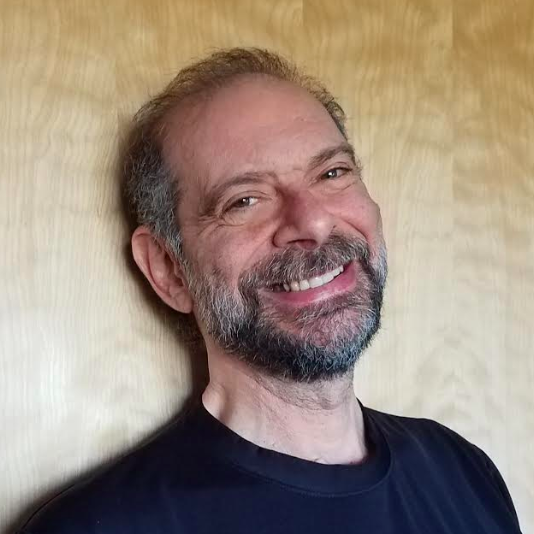 I recently came across an article called, “How Can Innovation Decouple Growth and Consumption” I was intrigued by this as I’ve been wondering for some time if such a decoupling is possible. The piece describes a number of ways “to constrain consumption that do not continue to stress, deplete, degrade or waste our natural resource base.”
This would, of course, require a shift:
I recently came across an article called, “How Can Innovation Decouple Growth and Consumption” I was intrigued by this as I’ve been wondering for some time if such a decoupling is possible. The piece describes a number of ways “to constrain consumption that do not continue to stress, deplete, degrade or waste our natural resource base.”
This would, of course, require a shift:
Innovation needs to be radically applied in new ways that alter the present mindsets of politicians, economists and business people who feel that the only path is continued consumption and growth. This approach is simply not sustainable and we need to find a radical alternative that still offers all of us progress but in a radically altered world.I guess it all starts with the question of what is consumption and what does it mean to stop consuming. Does it mean to stop buying stuff altogether? What about buying an item that is produced in a zero waste factory that recycles 98% of its water and uses renewable energy to run its production line? The item is minimally packaged, and what packaging there is, is recyclable. The customer receives an incentive for recycling it. The item itself is repairable and lasts for thirty years with little maintenance. At the end of its useful life, the manufacturer takes it back, at no cost to the customer, so that it can be reused, remanufactured or recycled. Everything I’ve mentioned is already being practiced to some degree or other in various places around the world. So, if we reach the point where nothing is actually consumed in the production, transportation, use, and disposal of the product, is this still consumption? Clearly we’re not there yet, but with a little innovation, we can and will keep getting closer. Though I don't think we can ever get all the way to zero. The article cites a book called What’s Mine Is Yours: The Rise of Collaborative Consumption” by Rachel Botsman & Roo Rogers. “Driven by growing dissatisfaction with their role as robotic consumers manipulated by marketing, people are turning more and more to models of consumption that emphasize usefulness over ownership, community over selfishness, and sustainability over novelty.” We used to just call it sharing. One day, as I was working in my backyard vegetable garden, I stopped to chat with my neighbor. We both said we wished we had a roto-tiller. We ended up buying one jointly and took turns using it. No problem. I always wondered why more people don’t do this. Why do people have so much stuff filling up their homes and garages, a lot of which they might only use once or twice a year? But yet everyone has to have their own. And why does everyone in affluent suburban neighborhoods have to have their own swimming pool? Why not one community pool for the whole neighborhood? You might even get to meet your neighbors. Oh, but then you might have to get in shape, too. That wouldn’t be good. But wait, if we all started sharing and cooperating and making new friends, wouldn’t that mean that we’d be buying less stuff? Then the economy might stop growing. We can’t let that happen, can we? Well, there are folks that say we can and that we don’t really need growth at all, and so maybe we should let that happen. In Tim Jackson’s book Prosperity Without Growth, he argues that "the global economy is almost five times the size it was half a century ago. If it continues to grow at the same rate the economy will be 80 times that size by the year 2100." Jackson was the Economics Commissioner to the UK Sustainable Development Commission. The book lays out a 12-point plan for transitioning to a sustainable economy. These are broken down into three major sections:
- Building a sustainable macro-economy, which includes investing in public assets and infrastructure, fiscal oversight and accounting reform.
- Protecting Capabilities for Flourishing, which includes work life balance, systemic inequality, strengthening human and social capital and reversing the culture of consumption.
- Respecting Ecological Limits, resource and emission caps, fiscal reform, ecosystem protection, and international technology transfer.

RP Siegel (1952-2021), was an author and inventor who shined a powerful light on numerous environmental and technological topics. His work appeared in TriplePundit, GreenBiz, Justmeans, CSRWire, Sustainable Brands, Grist, Strategy+Business, Mechanical Engineering, Design News, PolicyInnovations, Social Earth, Environmental Science, 3BL Media, ThomasNet, Huffington Post, Eniday, and engineering.com among others . He was the co-author, with Roger Saillant, of Vapor Trails, an adventure novel that shows climate change from a human perspective. RP was a professional engineer - a prolific inventor with 53 patents and President of Rain Mountain LLC a an independent product development group. RP was the winner of the 2015 Abu Dhabi Sustainability Week blogging competition. RP passed away on September 30, 2021. We here at TriplePundit will always be grateful for his insight, wit and hard work.














